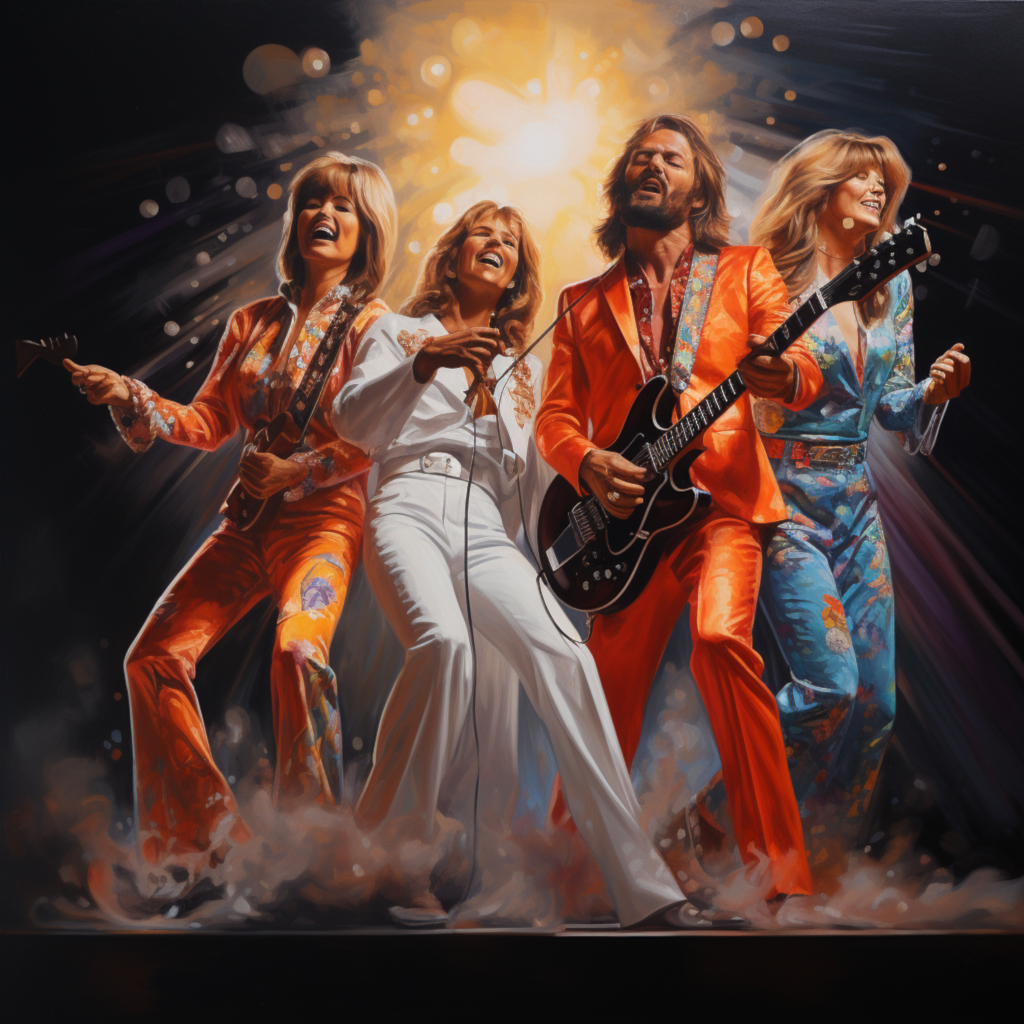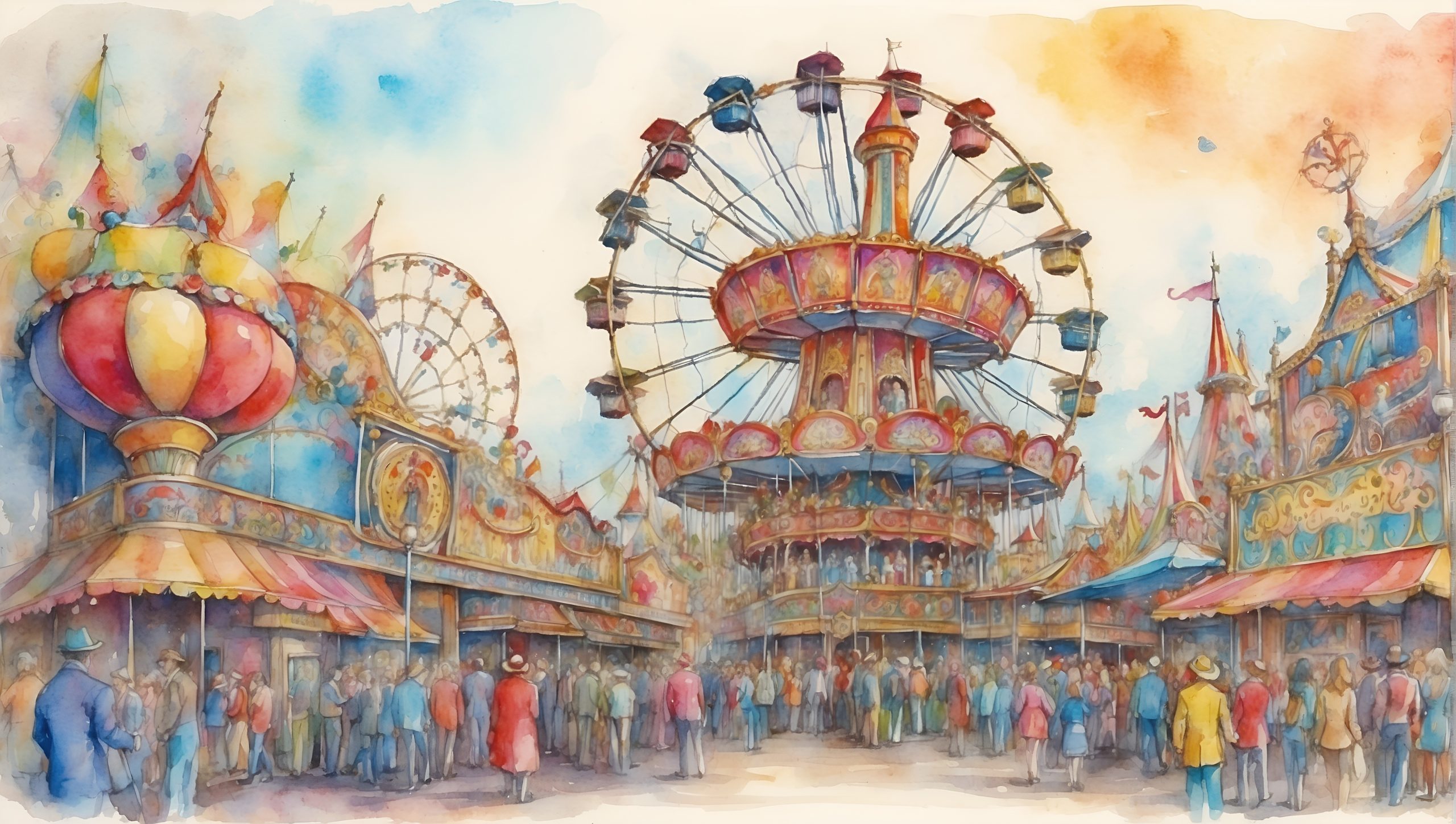Ming entertainment is a term that alludes to the different types of amusement and social exercises that were well-known during the Ming Line in China, which endured from 1368 to 1644. This time is noted for its critical commitment to human expression, writing, and culture, making it perhaps the most energetic period in Chinese history.
Theater and show arrived at a peak of social importance and imaginative refinement during the Ming Tradition (1368-1644). The period saw a thriving of emotional expressions, with the development of refined types of theater that enthralled crowds across friendly layers. Theater and shows were exceptionally evolved during the Ming time frame. The most conspicuous type of dramatic execution was the Kunqu show, which consolidated music, dance, and elaborate outfits to recount stories from Chinese fables, history, and old-style writing. This work of art was described by its tastefulness, refined developments, and complex vocal strategies. It acquired tremendous ubiquity among the tip-top and was many times acted in imperial courts and confidential homes.
Heartbeat of ming celebrations
The Ming Tradition likewise saw a prospering of writing, especially in the domain of vernacular fiction. Probably the best traditional Chinese books were composed during this time, including “Excursion toward the West” by Wu Cheng’en, “Water Edge” by Shi Nai’an, and “The Plum in the Brilliant Container” by Lanling Xiaoxiao Sheng. These works are commended for their complicated plots, rich person advancement, and shrewd reflections on society and human instinct.
In the visual expressions, Ming porcelain and pottery arrived at new levels of complexity and masterfulness. The famous blue-and-white porcelain, frequently improved with perplexing plans and themes, turned out to be exceptionally sought after both locally and universally. The period was set apart by progressions in painting, with craftsmen like Shen Zhou and Wen Zhengming driving the Wu School, which underscored expressive brushwork and beautiful topics.
Music and dance were essential pieces of Ming amusement, with cultured exhibitions frequently including elaborate melodic arrangements and arranged moves. The pipa and guqin were famous instruments that were highlighted noticeably in both court and people’s music. Public celebrations and festivities likewise assumed an imperative part in Ming entertainment. These occasions frequently highlighted various exercises, including mythical beast and lion moves, firecrackers, gymnastics, and manikin shows, drawing enormous groups and cultivating a feeling of local area and social character. Ming entertainment includes a rich embroidery of social practices and imaginative accomplishments that mirror the innovativeness and refinement of the Ming Tradition. From theater and writing to visual expressions and public celebrations, the amusement of this time keeps on being praised for its persevering impact on Chinese culture and its tradition of creative greatness.
Evolution of theater and drama in ming entertainment
One of the most celebrated dramatic types of the Ming time was the Kunqu show, likewise referred to just as Kunqu. Starting in the mid-sixteenth hundred years, Kunqu is viewed as one of the most seasoned types of Chinese show and is described by its graceful and expressive nature. It joins singing, recitation, and complicated dance developments, making an exhibition that is both outwardly and aurally enthralling. The music of Kunqu drama is noted for its tastefulness and refinement, with the utilization of conventional Chinese instruments, for example, the dizi and the pipa.
Kunqu drama’s collection frequently drew from old-style Chinese writing, introducing stories from authentic, unbelievable, and fanciful sources. The exhibitions were famous for their intricate ensembles, which were lavishly weaved and intended to mirror the characters’ status and character. Cosmetics and covers were likewise fundamental, assisting with conveying the feelings and attributes of the characters. The Ming Tradition was likewise a brilliant age for writers. Tang Xianzu, frequently hailed as the “Shakespeare of the East,” was an unmistakable figure whose works have persevered as works of art. His most well-known play, “The Peony Structure,” is a heartfelt show that digs into subjects of affection, dreams, and reality. The play’s many-sided plot and profound close-to-home reverberation have made it a staple of Chinese theater.

During the Ming Line, theater spaces fluctuated from excellent Supreme Court theaters to more modest, more personal scenes in confidential homes and public business sectors. These exhibitions were not confined to the tip top; they were delighted in by a wide range of society, including ordinary people who ran to public theaters. Theaters were intended to improve the hear-able and visual experience, with stages that considered elaborate set plans and the utilization of multifaceted props.
Theater and show during the Ming Tradition were something beyond entertainment; they were an impression of cultural qualities, social standards, and philosophical thoughts. The subjects investigated in plays frequently resolved issues like unwaveringness, love, profound quality, and the human condition, giving crowds entertainment as well as moral and philosophical experiences.
The thriving of theater and show during the Ming Administration contributed fundamentally to the social and creative legacy of China. The time’s dramatic developments and creative accomplishments have impacted Chinese shows and keep on being praised and performed today. The polish, intricacy, and close-to-home profundity of the Ming entertainment show remained a demonstration of the rich social tradition of the period.
Major festivals and public celebrations
Celebrations and public entertainment assumed an imperative part in the social and social existence of the Ming Line (1368-1644). These occasions were open doors for festivity and relaxation as well as filled in as stages for creative articulation, local area holding, and social progression. The rich embroidered artwork of merriments and public displays mirrored the energy and variety of Ming society. One of the main celebrations during the Ming Line was the Chinese New Year, celebrated with incredible energy across the domain. This celebration denoted the start of the lunar new year and included different customary exercises, for example, winged serpent and lion moves, firecrackers, and the planning of exceptional food sources. Families would accumulate to respect their progenitors, trade gifts, and adorn their homes with red lights and couplets to avert insidious spirits.
The Mid-Harvest time Celebration was one more huge festival, described by the lighting of lamps, moon-looking, and the sharing of mooncakes. This celebration praised the gathering and the full moon, representing solidarity and amicability. Recreational areas and yards would be decorated with brilliant lamps, making a bubbly environment that united networks.
The Lamp Celebration hung on the fifteenth day of the main lunar month, denoted the finish of the Chinese New Year festivities. It highlighted elaborate showcases of lamps in different shapes and sizes, frequently portraying creatures, verifiable figures, and fanciful scenes. The celebration additionally included exercises like tackling light questions, watching mythical beasts and lion moves, and eating tangyuan.
Public amusement during the Ming Tradition was different and far-reaching, giving pleasure to individuals of any age and social class. Road exhibitions were normal, highlighting trapeze artists, performers, entertainers, and narrators who enthralled crowds with their abilities and stories. These entertainers frequently accumulated in clamoring commercial centers and public squares, where they could draw in huge groups. Manikin shows were one more famous type of entertainment. These exhibitions, utilizing complicatedly made manikins, described cultural stories, verifiable occasions, and moral stories. The puppeteers’ skill and the drawing in stories made these shows number one among kids and grown-ups the same.
Must read: Strategies For Effective Sports Digital Marketing

Модные советы по созданию стильных видов на любой день.
Мнения профессионалов, события, все новинки и шоу.
https://sochidaily.ru/read/2024-09-10-demna-gvasaliya-ikona-sovremennoy-mody-i-kreativnyy-revolyutsioner